Help
So in the diagram for the 3 pole motor the coils are wound the same direction and one end of the coil is atached to the opostie side of commutator and other end is connected to oposite end of oposite side commutator.. correct? Also can someone fill me in i keep coming across a specific about how the brushes are to be set...?? Here are some pics of what i have so far. If someone can confirm my understanding of how to wrap and connect the coil that would help immeasurably as i could start wrapping the armature.
So in the diagram for the 3 pole motor the coils are wound the same direction and one end of the coil is atached to the opostie side of commutator and other end is connected to oposite end of oposite side commutator.. correct? Also can someone fill me in i keep coming across a specific about how the brushes are to be set...?? Here are some pics of what i have so far. If someone can confirm my understanding of how to wrap and connect the coil that would help immeasurably as i could start wrapping the armature.
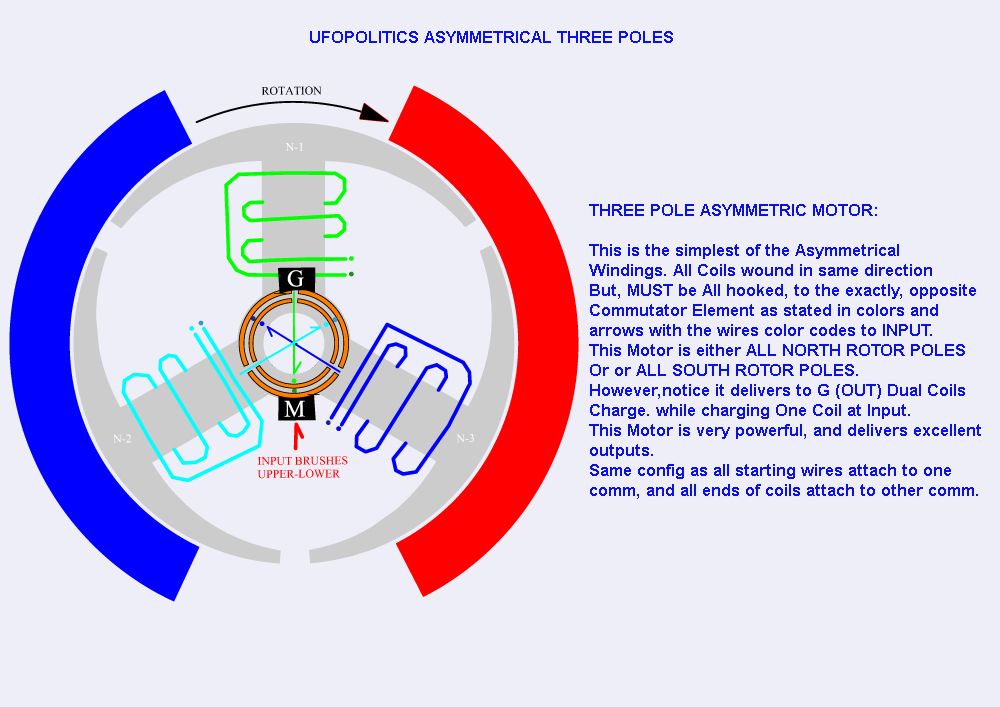
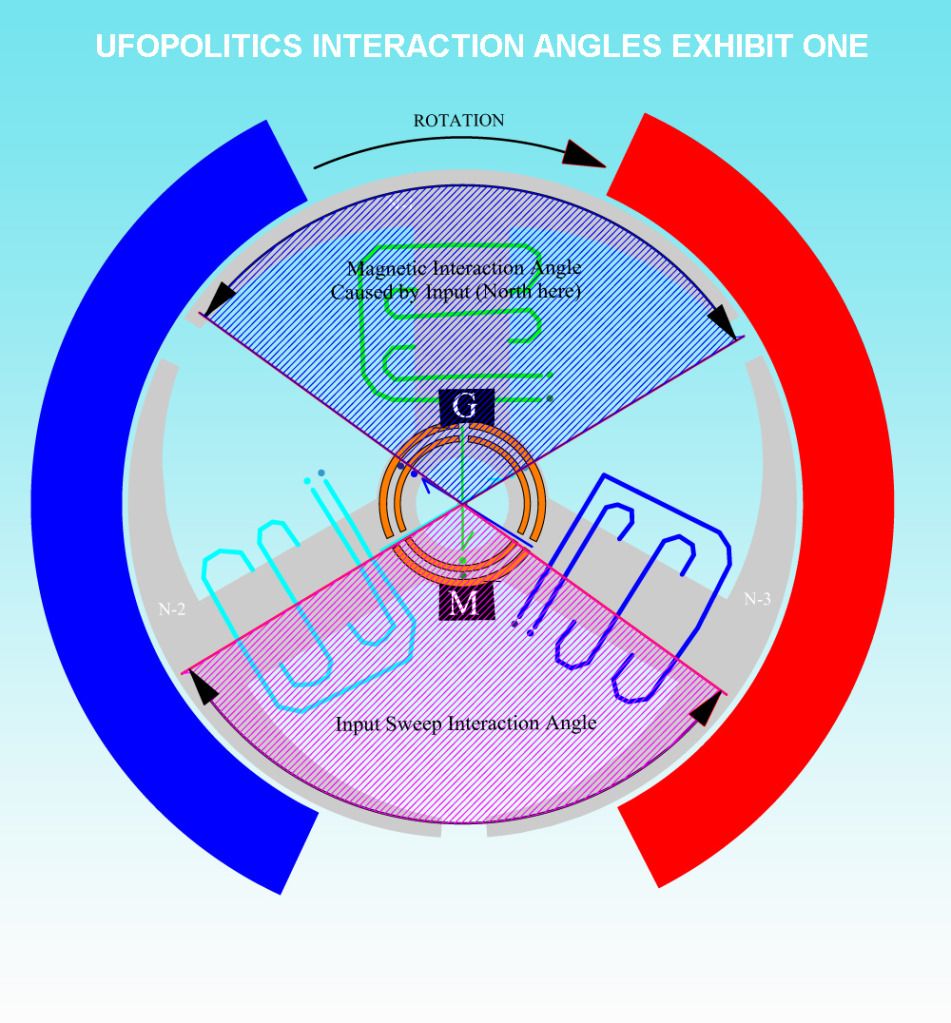

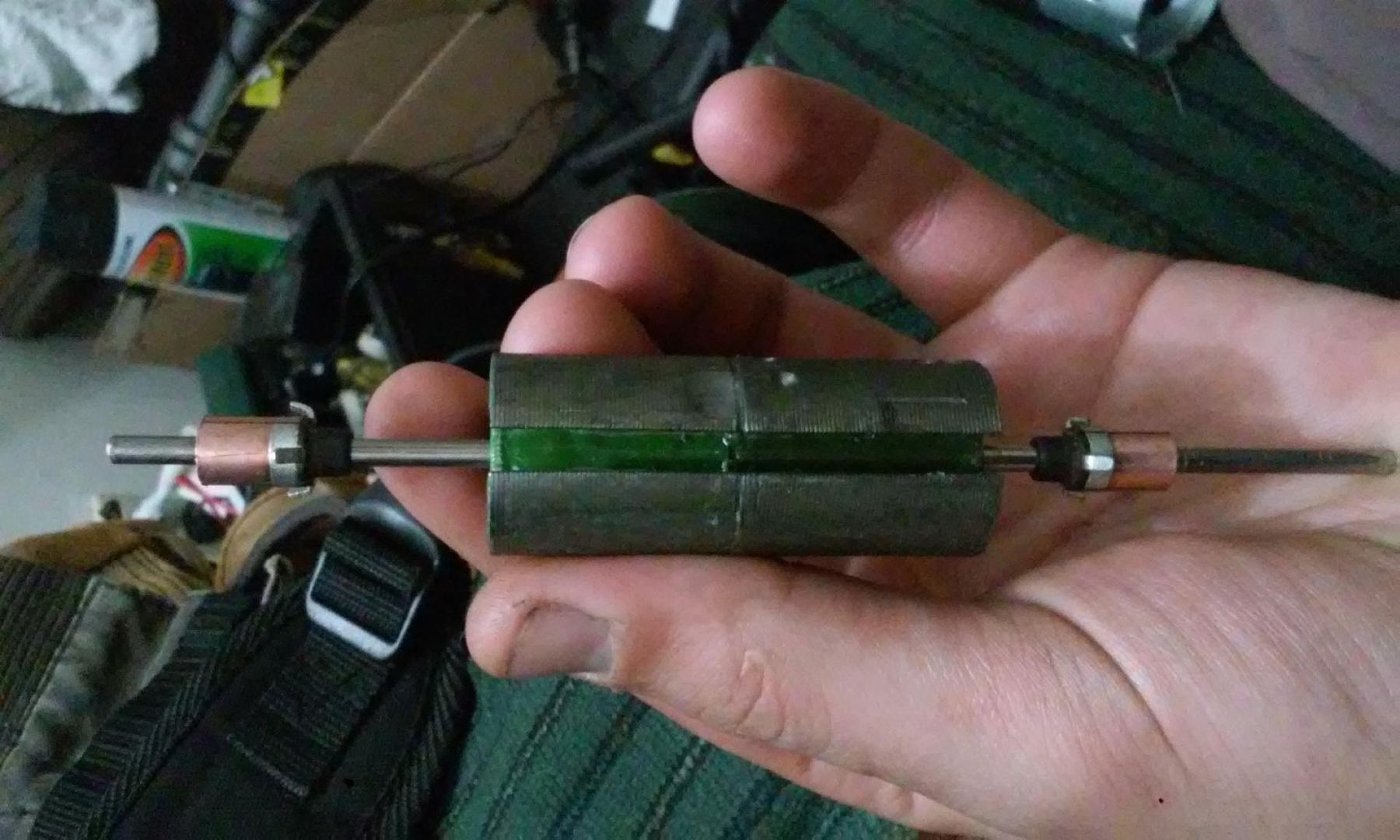


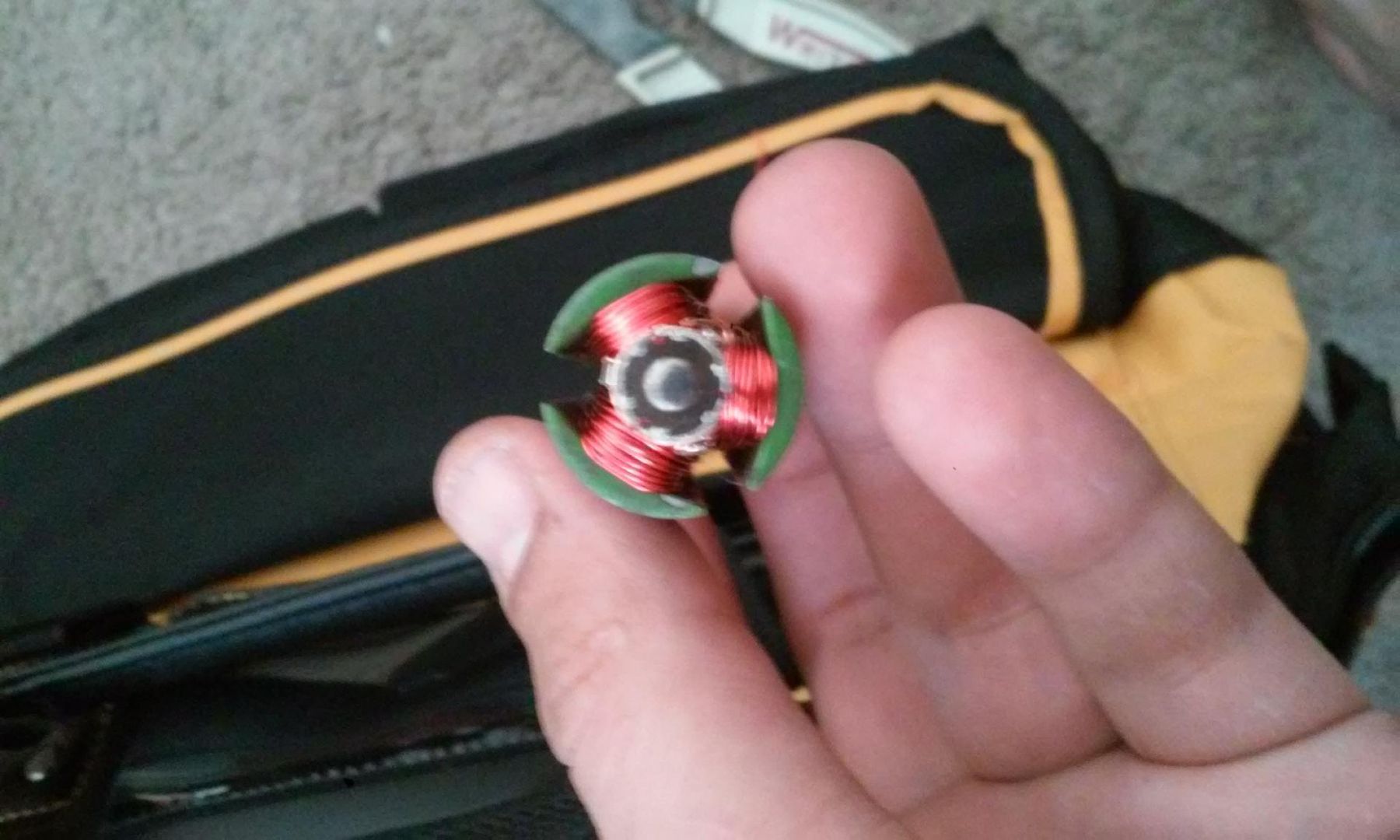
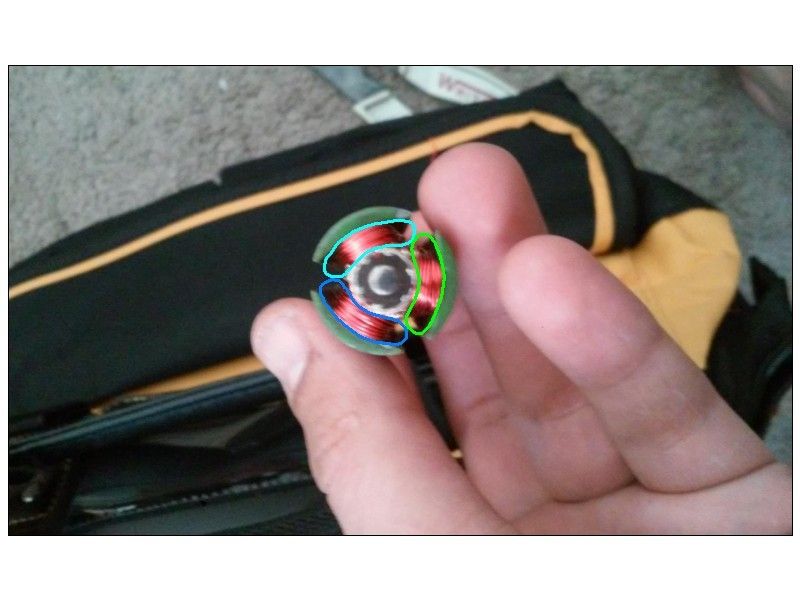
Comment